Give food, serve food
Assist senior citizens
Clean up a park
Plant trees and flowers
Volunteer to help animals in need
Organize a Christmas toy drive

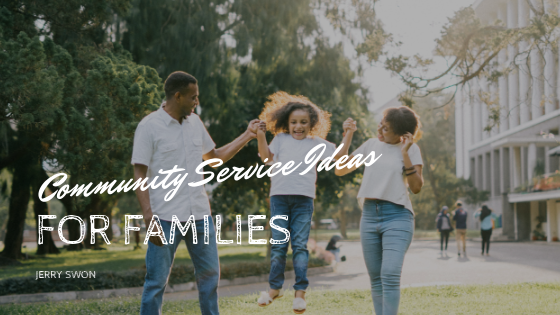
Give food, serve food
Assist senior citizens
Clean up a park
Plant trees and flowers
Volunteer to help animals in need
Organize a Christmas toy drive
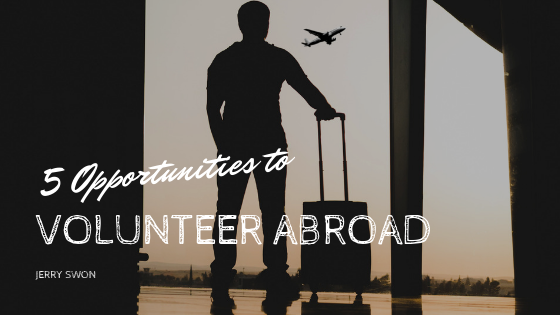
When given the opportunity to volunteer abroad, I highly recommend you cease the chance. Volunteering abroad provides allows you to travel the world and experience new things all while impacting the lives of others. Unlike volunteering domestically, international volunteering requires you to be fully immersed in a new culture. Your time spent volunteering abroad will broaden your horizons and allow you to experience a new way of living.
If you are willing to take the plunge, you will want to conduct some research about which organizations will be the best in supporting during your time abroad. To narrow down your options, I have selected a few of the best organizations that will make your volunteering experience amazing.
Love Volunteers was first started by a brother and sister duo from New Zealand who wanted more opportunities to travel abroad that didn’t break the bank. The organization first formed in 2009 with only 20 projects in 12 countries. Fast forward to the present day, Love Volunteers has hundreds of volunteer opportunities in over 30 countries. Love Volunteers works closely with local communities in developing countries to ensure they create the most impact without negatively disrupting the community.
With over 20,000 volunteers since 1998, it is no wonder why Global Vision International (GVI) has been recognized as one of the “Best Volunteering Organizations”. GVI has 250 active initiatives around the world that help contribute towards long terms solutions to global issues. Along with a volunteer program, GVI also has internship and leadership development programs perfect for those who are looking for global career experience.
Whether you need a break from your academic career or have just graduated, volunteering abroad can provide you with clarity or the chance to make a difference before you take on the next step in your life. Plan My Gap was founded by volunteers for volunteers that offers programs across 17 countries, that range from short-term (1 week) to long-term ( 40 weeks).
Volunteering Solutions has logged over 773,825 hours of volunteering. For those in a time crunch, Volunteering Solutions offers 2-Week Specials where you can immerse yourself into a volunteering experience without taking you away from your home for too long. They offer a variety of volunteer experiences from volunteering at an Elephant Sanctuary in Thailand to working for Beach Conservation and Restoration Project on the beaches of Costa Rica.
For almost a quarter of a decade, Cross-Cultural Solutions has made it their mission to impact education and health opportunities for communities who are in need. The organization primarily focuses on seven countries, Morocco, Ghana, Peru, Greece, Thailand, Costa Rica, and Guatemala. Unlike other organizations, Cross-Cultural Solutions does not house its volunteers with host families in order to maximize security.
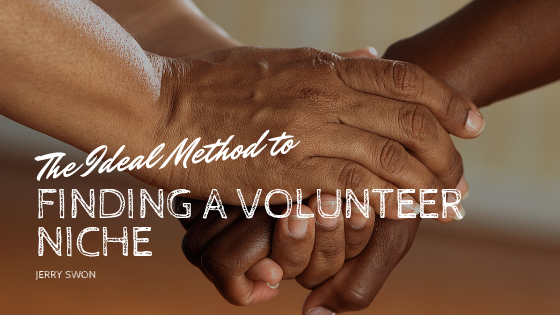
Different sources one may use to search for these opportunities include local community centers, local community colleges, bulletin boards, and probably more commonly, the internet!
If one chooses to go to internet route, there is a particular source that provides some good insight on the topic, called Idealistcareers.org. An article recommended for reading can be found by going to the website here.
The first thing to focus on before beginning this search is to decide which field of work would be most desired to volunteer in. What area of interest sparks passion? Perhaps it is an area of interest that allows for many open opportunities. When a person can feel that he/she is making a difference in what he/she does, all parties benefit from that, and it keeps him/her wanting to go back for more. With that in mind, a person can start to look at other factors that play a part in finding the right opportunity.
Other factors to consider in this search include preference on a timeframe, local versus remote locations, and how much time is wanted to be spent volunteering. For timeframe, a person could look for weekday work or weekend work. Some volunteer opportunities are more available during the weekend because more people will generally be available during those times. That’s not to say that during the week there are fewer opportunities.
That brings up another factor – local versus remote locations. If someone is a hands-on type of person that prefers working locally and with other people, examples to consider for local opportunities may be at a pet shelter, a soup kitchen, a children’s daycare, or feeding the homeless. If a person would prefer to be on the computer, on their phone, or volunteering through media, some remote opportunities may consist of assisting Red Cross with online message boards, editing or writing to help support an environmental cause, or acting as an advocate for a mental health company.
All of the above can act as an aid for how to find volunteer opportunities. A future volunteer should decide what field to help with, figure out how much time is to be spent doing it and then put it into action.
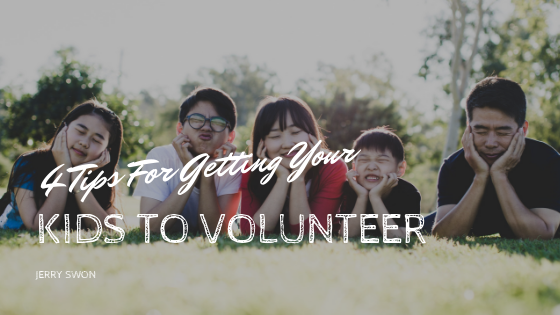
Find Out Their Interests
If a child loves animals, encourage them to volunteer at an animal shelter. They will be excited about interacting with the animals and tending to their needs. If a child enjoys going to the beach teach them the importance of preserving the environment by volunteering to pick up trash on your own or with a civic organization. When children are interested in what they are doing, they are more likely to learn why volunteering is important and be apt to volunteer their time as they get older.
Make it a Family Affair
Make volunteering a natural part of your family’s culture. Children learn by example. When parents show children that volunteering is an important aspect of being a good citizen, they are more likely to want to volunteer. In addition, they will look forward to volunteering as a way to spend additional family time together.
Start on a Small Scale
Teach children that volunteering does not have to be a big production. If a neighbor is sick or homebound, determine what the family can do to assist them. This might mean preparing a meal or cleaning up their house. This type of activity teaches children that people who are near to them often need assistance and assisting them does not require a great deal of time or money.
Teach Compassion and Gratitude
When children are compassionate towards others and grateful for what they have, they are more likely to volunteer. Children should be taught not to judge people’s circumstances if they haven’t walked in their shoes. Additionally, children should learn the importance of gratitude and appreciate their lives.
Following the aforementioned tips will result in children who are eager to help others. Once they experience the joy that comes from volunteering and making a difference in their communities, giving back will be something they do with eagerness and excitement.
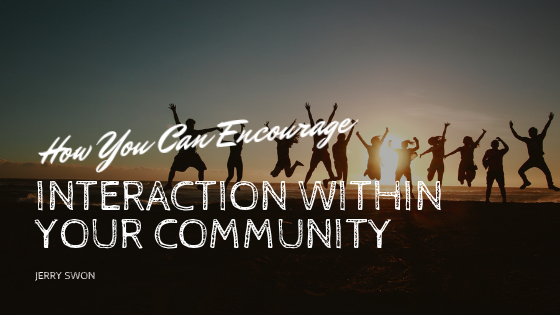
Communities hold great importance to our lives. Looking at your own life, you will notice that you are a part of multiple communities, like school, work, or church. One of the reasons why these groups have such an impact on our lives is due to the interaction that the organization’s members have with one another. Engagement with your community is not something that can happen overnight. To increase interaction within your own community, try implementing the following strategies.
Get to Know Your “Neighbors”
Whether you are talking to your neighbor who lives next door or the friendly florist in town, it is beneficial to know who makes up your community. When someone new comes to town, find a moment to introduce yourself and learn a little bit about the person. Getting to know the people that live around you, helps to form relationships and bonds with more ease.
Compose and Send Out a Community Newsletter
A great way to increase interaction is to let others know when there are planned events or meetings. A monthly newsletter allows members of your community to be connected and kept up to date as possible. Although it will require some work on your end, a newsletter helps to announce events, share thoughts, help create a community dialogue. To create your own community newsletter, start by forming a newsletter committee. Once your newsletter committee is formed, decide on what information you would like to include and delegate who gets what roles. From there, you have to set a few deadlines, and soon enough you will be ready to publish and share your newsletter with all members of your community.
Create and Hold Regular Events
Events are a great opportunity for community members to engage and interact with each other on a personal level. Events can range from simple to intricate. A community barbeque or potluck may be a good event to first coordinate, while a community-wide fundraiser may be something you will want to visit further down the road.
Create a Community Center
If your town doesn’t have one already, create a petition to build a community center. A community center can offer a variety of benefits including boosting the local economy, providing a meeting space, and keeping adolescents safe. More often than not, community centers help encourage participation and engagement by hosting events, activities, and even classes. Community centers can also help motivate residents to become more involved with volunteering.

With holidays quickly approaching, the time for celebration with family and friends is near. While it can easy to get caught up with consumerism, it is important to think of how you can give back. We have so much to be thankful for, there are others who are not as unfortunate. This season I challenge you to make a difference in someone’s lives and give back. Keep reading to discover a few ways that you can spread holiday cheer.
Send Holiday Cards to Active Soldiers and Veterans
The holidays can be a difficult time for soldiers who are overseas and away from their families. Sending festive cards to soldiers or veterans is a thoughtful way to give back and is simple to do!
Once you have written a few cards, check out your local American Red Cross chapter to see if they participate in the Holidays for Heroes program. If you find that they don’t participate, check to see if A Million Thanks, has a drop-off location nearby.
Collect Donations for a Food Bank
This season, don’t let others go hungry. During the holidays, food banks are always looking for nonperishable items. After looking through your own pantry, ask family, friends, or neighbors if they have canned food to spare. Food banks will also ask for other items like toiletries, school supplies, and other paper goods.
Donate Gently Used Clothes and Coats
If you don’t live in a warmer client, the winters can be harsh without a winter coat. Browse through your closets to see if you have any coats, sweaters, or long sleeves that you just don’t reach for. Before you donate, make sure that your clothes are washed and clean. You can donate your clothes to a local Goodwill or to One Warm Coat. With One Warm Coat, you can even hold your own coat drive in your community.
Sponsor a Family’s Christmas
A great way to give back is to adopt a family for the holiday. Local charitable groups, non-profits, and religious organizations will gather information from families in need of a little help. They will compose a holiday wishlist along with clothing sizes and preferences. Whether you decide to pursue this endeavor solo or with a few friends, you will be providing another family with a wonderful holiday.
Pick Out a Present for Toys for Tots
If adopting a family isn’t in your budget, you can still donate a gift to Toys for Tots. Toy for Tots is a program that collects donations and distributes new toys to families who can’t afford gifts. Giving to Toys for Tots is a great way for you to get your children involved. Ask your kids to pick out a toy that they think another little boy or girl would enjoy.
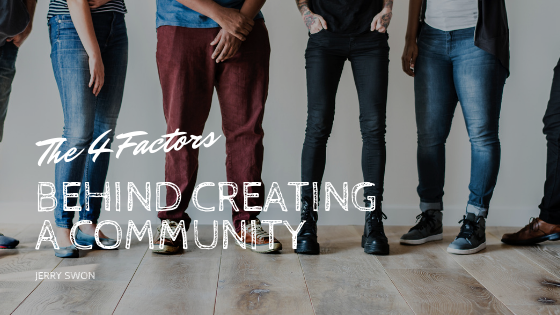
Have you ever wondered why people participate in communities? Or how that community came to be in the first place? Social psychologists, McMillian and Chavis explain that a sense of community is formed when members feel that they belong, matter, and share the same faith. McMillian and Chavis explain that there is more that goes into a community than just a simple definition. The following are four factors that contribute to creating a sense of community. As you read, reflect on whether your own community posses these factors.
1. Membership
When you have a membership to a group, you have a feeling of belonging. The people within your community should share similar interests or views as the other members.McMillian and Chavis state that communities often come with boundaries. Boundaries help to create a higher level of trust between members and to make sure that anyone who joins is a good fit.
2. Influence
The second factor of community is influence or rather a sense of mattering. Members of an organization should feel as though they have influence over the community and vice versa. As you create a community, form an environment where your members have a say in what happens. The community should be something that its members care about and adds value to their lives.
3. Fulfillment of Needs
By joining a community, a member should receive what they hoped for by joining. Like any product, your community should solve a problem or provide a purpose for its member to make it worth their time and dedication.
Members should feel rewarded by participating in a community in order for them to continue to be active. A reward could range from a support network to conversation to inspiration.
Be sure to talk to your members to get the best idea of who they are and how the community can best serve them.
4. A Shared Connection
When looking at a healthy community you will notice that there is often a story on how they formed or what hardships they have experienced. Shared experiences have the ability to form a strong emotional bond between members. Often when a community goes through a crisis, they rely on one another to make it through the tough time.
After reading what four factors create a community, do you find that your own community posses these factors? If not, utilize this knowledge as you build and develop your community.

In light of a natural disaster, such as a hurricane or earthquake, many people’s lives are abruptly altered. Victims of a disaster rely on the generosity of others in order to get through a difficult time. Donations to food banks, disaster relief organizations, and other charities can make all the difference in the lives of disaster victims.
Although there are those who do generously give, there are those who fall to what is known as a compassion collapse, that makes them less giving towards people who are in need. To increase generosity among others, there a few methods that one can implement to encourage others to give more of themselves.
Highlight the impact they will create.
When people donate their time or money, they want to know how their donations are going to make an impact. In one study, it was found that with more details about a charity’s intervention, the more people believed their contribution would help solve a problem.
Having more knowledge on where the charity is planning to utilize the money, will help donators feel more satisfied in their contribution.
Focus on a single person rather than an entire group.
Donators are more likely to give to an individual over a group. There have been multiple studies citing that when people know a single individual with a face and a name, they are more likely to give. This notion is known as the identifiable victim effect.
Utilize and take advantage of contagious generosity.
Often generosity can be contagious. When people see others donating, they are more likely to donate as well. In a 2016 study, participants who watched other make considerable donations were more likely to do the same than the participants who watched others who donated little to nothing. When around others who are showing an empathic response, they are more likely to show more empathy and donate more to a cause.
Make the cause more relevant.
When someone wants to contribute to an organization or charity it is usually based on how the cause relates to the donator on a personal level. Someone who has two dogs at home will be more willing to donate to a pet drive than someone who has never had a pet. People are more giving when the cause has relevance to their own lives in some way.
Implementing these strategies in your organization will help to encourage others to give more of themselves more often.

Reflect on the word, “community”. What does that word mean to you? For some community means the 5-mile radius surrounding their home. For others, it can be a group at church, to the neighborhood to the entire city. However you define community, you can play an active role in how it grows.
To make an impact in your own community you don’t have to be rich or powerful or even a certain age. Just wanting an willing to make a difference is enough. To make a difference in your own community here are few ways you can get started.
Support Local Businesses
One way to make sure you community thrives is to support local businesses. Too often do mom and pop stores close due to lack of business. Before you buy your produce from a chain store, check out your local farmers market or grocery store. Chances are, the product will be fresher and of a higher quality.
Volunteer
Sometimes saying that you will volunteer is easier than actually doing it. Although we all have busy lives, setting aside to help out the community can create a big impact. There are always plenty of opportunities available if you are looking hard enough for them. Some volunteer opportunities will require an ongoing commitment, and others times it may be a one-off project or event. Regardless of time commitment here are a few examples of how you can volunteer in your community:
These are only a few options on how you can volunteer! If you ever find yourself in the New Jersey area, you can check out these 5 great organizations to volunteer at.
Start Your Own Project
If you find that your community is has a need that isn’t being met, take the initiative and start your own project. If you find yourself passionate about a cause within your community, but no one is taking action, become the ambassador of the cause! Some projects you may orchestrate can include:
Being proactive in your community is one of the most impactful things you can do. With that being said, take on the opportunity to make a difference in your community today!
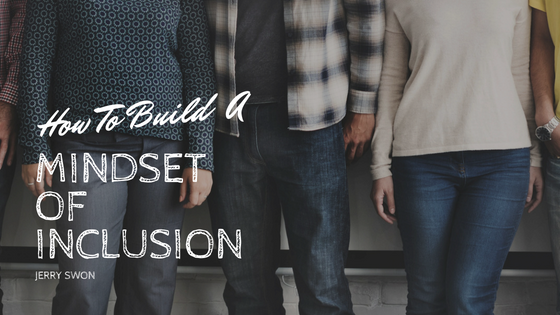
Funding a cause can stretch across the global landscape, from arts to science to humanities and everything in between. Philanthropic work touches a variety of lives in a myriad of ways; it’s one of the unique blessings of grant funding in the first place.
One of those groups that are most often touched, but sometimes forgotten, are people with disabilities. Nearly 20% of people in the United States have at least some disability, whether a physical handicap that is evidenced by things such as a wheelchair, or a hidden disability like anxiety or depression. What’s more is that the unemployment rate for people with disabilities is a whopping 64%.
The statistics are in, and people with a disability feel more ostracized and stigmatized than ever. Part of the job of being a funder is not only to provide the means by which the world can grow but that people who may feel disenchanted by others can be included as well.
Here are a few ways they can do precisely that:
Powered by WordPress & Theme by Anders Norén